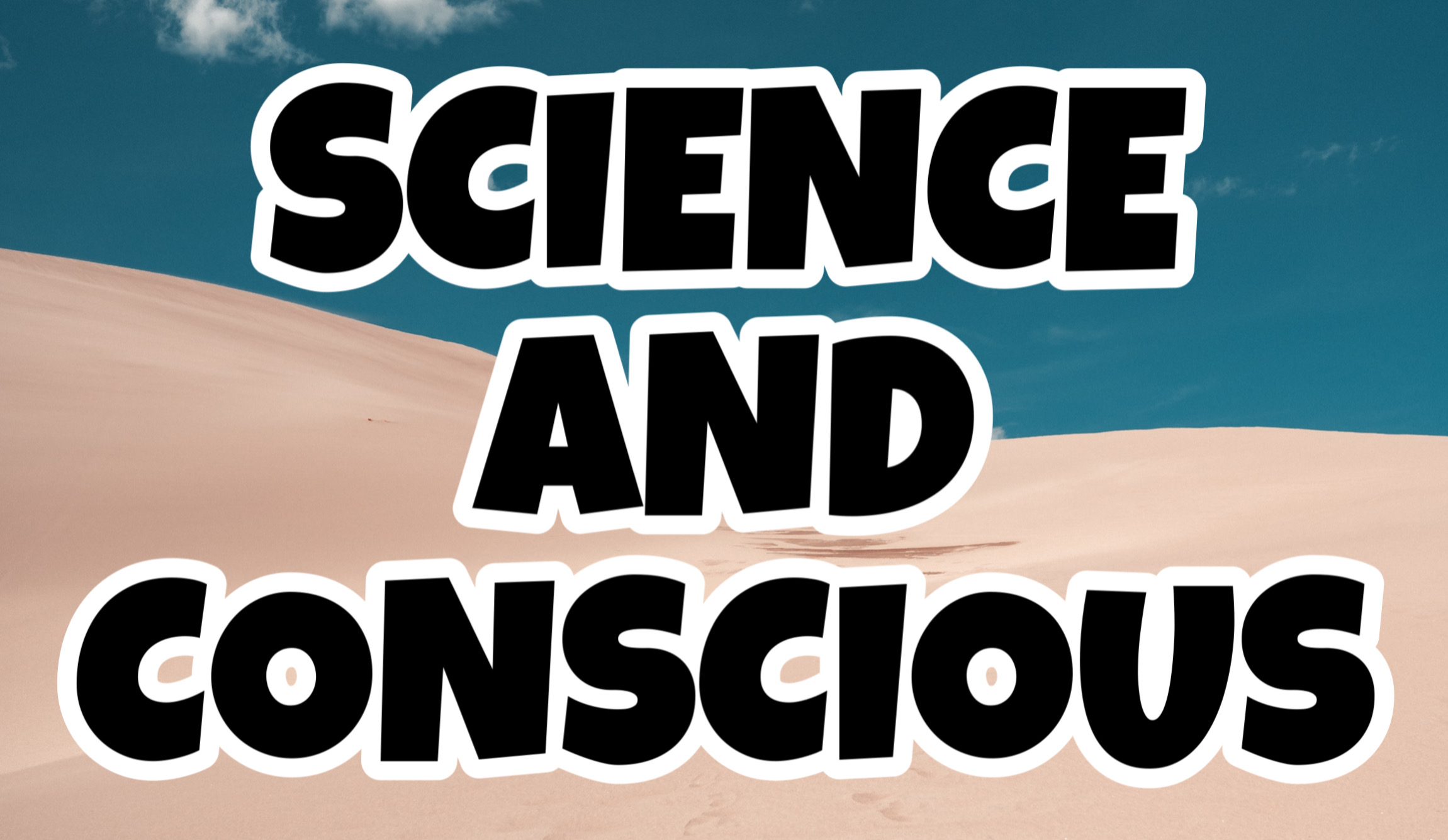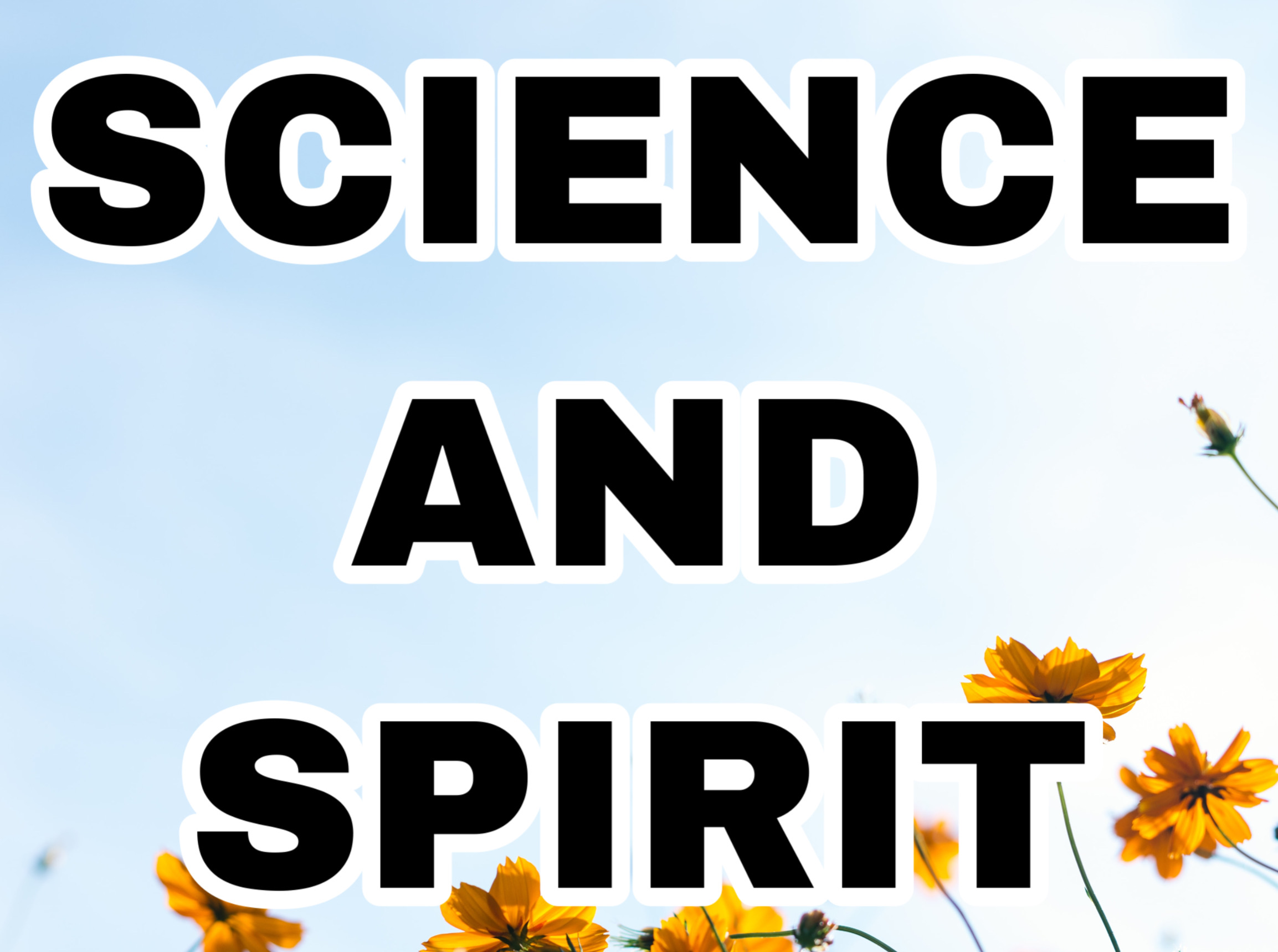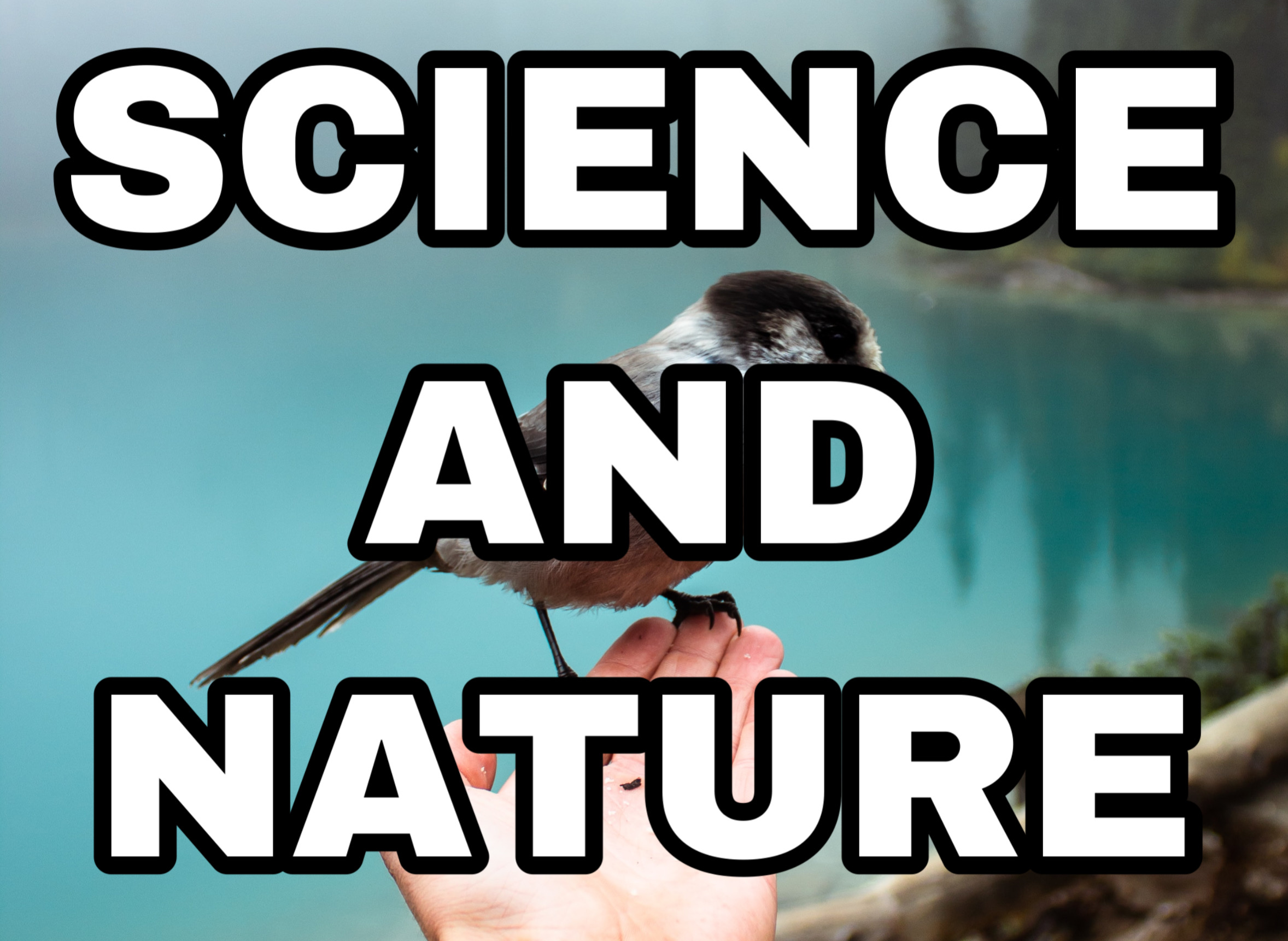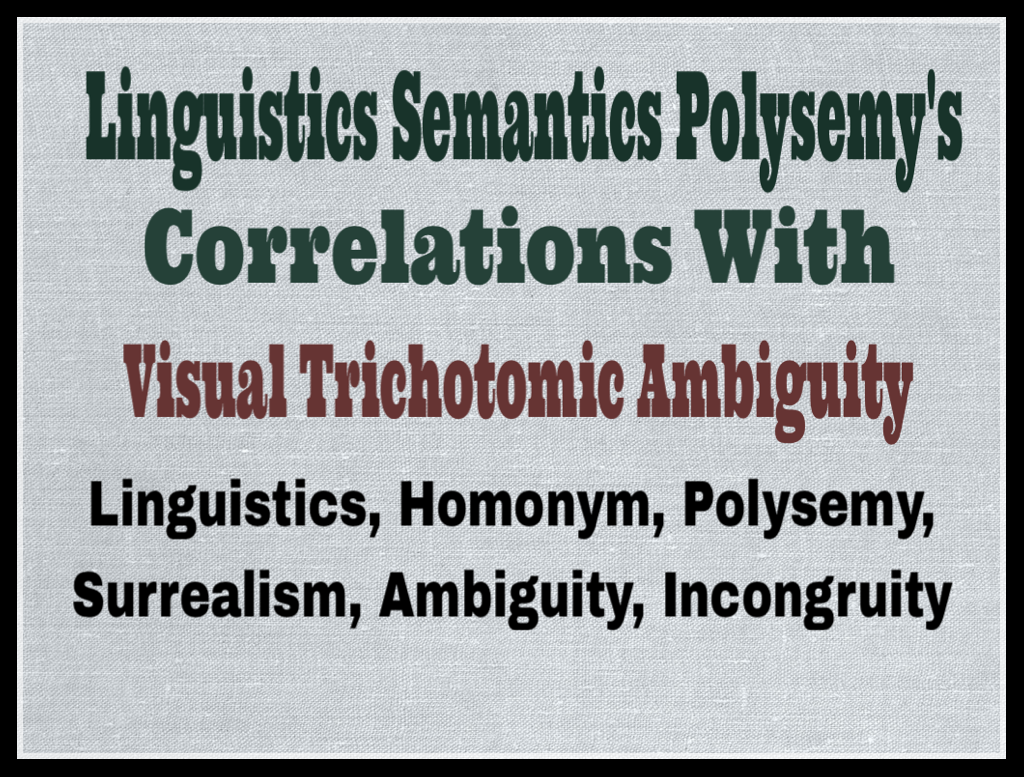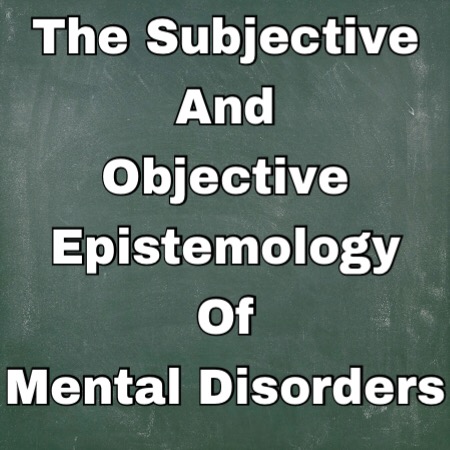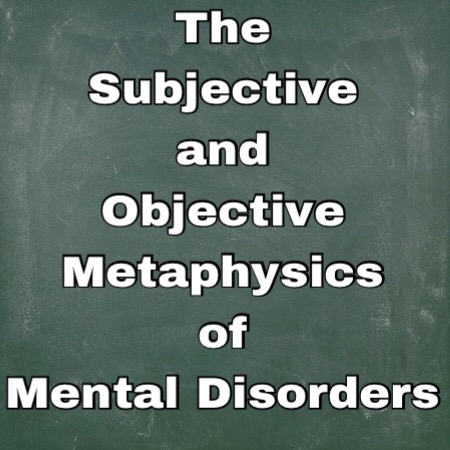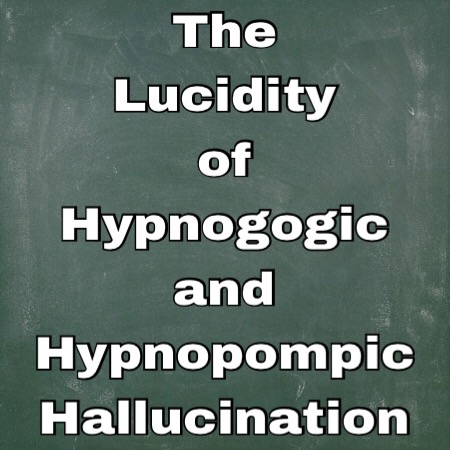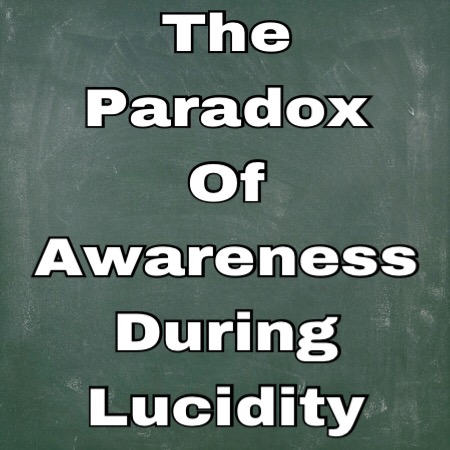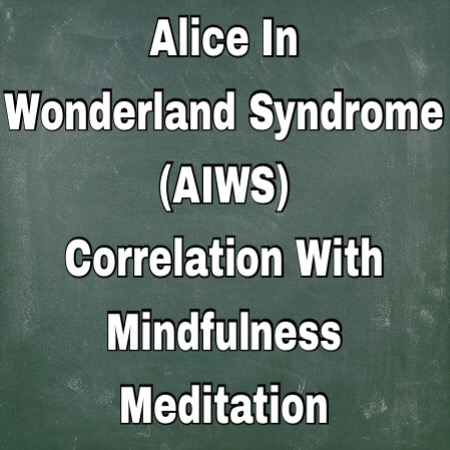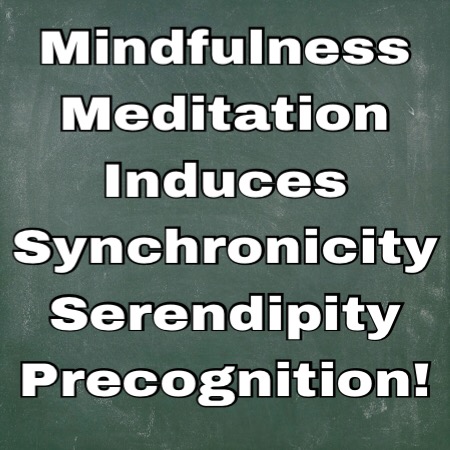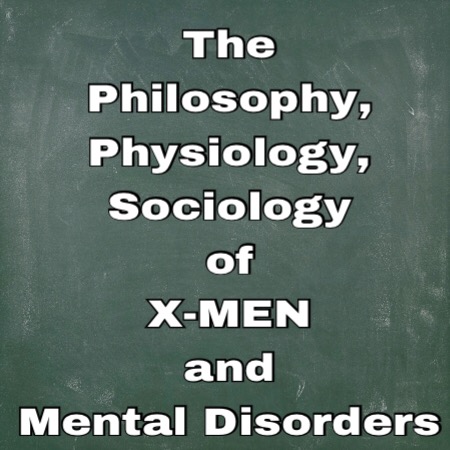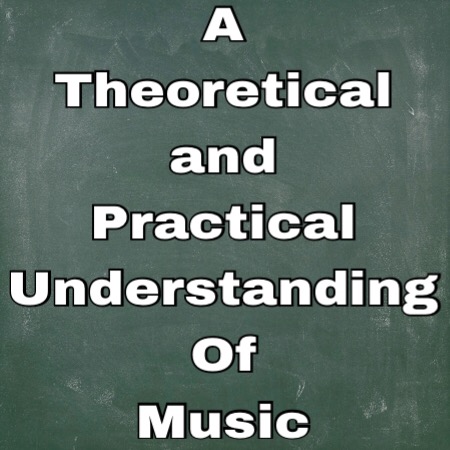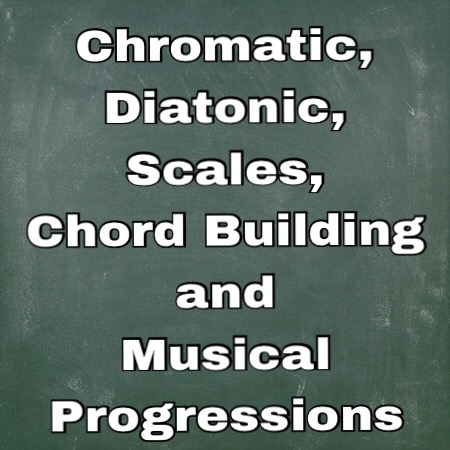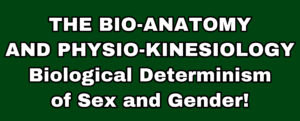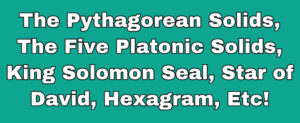19: Philosophical Implication of Dualism, Monism, Idealism, Materialism In Bipolar
CHAPTER XIX
The Philosophical Implication of Dualism, Monism, Idealism, Materialism In Bipolar
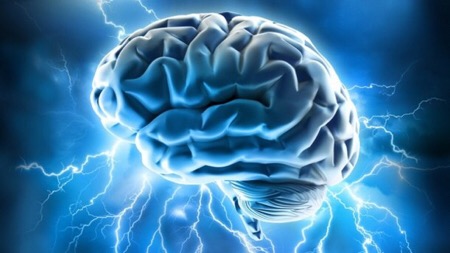
In Chapter XVII: Pantheism, Panentheism, Panpsychism, Dualism, Monism & Bipolar I Manic Episodes We examined the ideological disparity between pantheism, panentheism and panpsychism in terms of synonymity, infinitesimally, and internal-external factors; also the trichotomic correlation in terms of the interpenetration of a divinity from different cosmological frame of reference, and the subjective postulation of an absolute universal force. We also explored the dualistic monistic paradox in terms of the rigid distinctions between mind and body, simultaneous being part epiphenomenon; what connotes the paradox is the mind body frame of reference. In this paper we’ll explore the deeply entrenched paradox of duality, and a brief introduction to idealism, materialism and it’s philosophical applicability during bipolar manic episodes..
Here’s an emotional metaphor to encapsulate the paradox of duality, and why both dualism and monism is true, simultaneously a self-contradictory. Two individuals sitting on a log by a river, we’ll attribute the word “source” to the male and “subject” to the female. The source places his hands on the subjects arm, if there’s intense emotion, passion and admiration in the subjects mind, seduction invariably induces in the subjects mind. If there’s no level of empathy in the sources mind seduction is not induced. The former is monistic because it postulates a fissure between mind and body; the latter is dualistic because it postulates a rigid distinction between mind and body. However, there are exceptions to this rule when a one-sided infatuation exist and seduction is induced regardless of the mental predicament of the source…Regardless, it hypothesizes duality being true and self-contradictory again, because the source is in a dualistic temperament where his mind is in stark contrast with the subjects body, and the subject being in a monistic predicament of mind-body phenomenon…..
Idealism postulates that mind, thoughts, experience and emotions are the fundamental matter of the universe; materialism pustulates that the physical body, brain and electrical charges, or billions of neurons firing between synapses implicates the emergence of mind, thoughts, experience, beliefs, emotions and feelings..Essentially idealism ideology is centered around an immaterial mental construct while materialism connotes that the fundamental construct derives from material interaction..Both idealism and materialism share identical viewpoint and the rivalry is not about debunking claims or falseness of each other’s position, but a compete towards the primary substance of the universe. Both philosophy is an interpenetrating contingency, and unlike dualism and monism which rivals the relationship between mind and body, idealism and materialism deals with primary and secondary substance in existence.
In Chapter I: Metaphysics, Phenomenology, Parapsychology and Mental DisordersWe examined the five emotional attributes that occur during manic episodes; impulsivity, distractibility, disinhibition, grandiosity and pathological compulsion…During manic episodes dualism, monism, idealism and materialism becomes an interesting philosophical implication; if you’ve read Chapter II: Solipsism, Intersubjectivity Phenomenology, Pantheism and Bipolar I Manic Episodes you’ll see where solipsism in a skewed sense becomes the bedrock of manic’s perception during grandiosity. Let’s explore dualism, monism, idealism and materialism in the metaphysical solipsistic sense; during grandiosity and the augmentation of manic’s ambition the idea of mind becomes self-existent and body becomes a projection or imagination of the mind, a dualism between mind and body. Idealism conflates dualism rigid distinctions between mind and body by solidifying the mind with thoughts, experience, beliefs, emotions and feelings being the primary or fundamental substance of the universe….
The correlation between manic episodes and grandiosity is a philosophical study, because external stimuli becomes a major interplay in the perception of reality when apophenia, pareidolia, hallucination, delusions, psychosis and schizophrenia are induced. All of these perception altering experiences share a single common denominator–pattern recognition of some sort; when ambition is augmented and external stimulus of reality is altered and modified every facet of philosophical implications emerge to the forefront. Existentialistic and epistemological ideology unfolds, such as authenticity, the essence of being, and the question and validation of knowledge. There’s a myriad of obscure philosophical areas during mania we’ll explore in Chapter XX, and that’s the idea of animism, which relates to soul and the personification of nature; hylozoism, relating to the organismic life of matter, and gnosticism which is the exploration of esoteric knowledge through mythological mediums..

Synopsis: Self-Referential & Empirical Analysis |
|---|
|
These empirical analysis are inconclusive, however verifiable through observation, experience and a degree of self-affliction..Inferences conclude that mental faculty are the prerequisite towards mental disorder attraction, and physiology, kinesiology and biomechanics invariably initiate the attraction. These hypotheses are based on independent, theoretical and practical analysis under organic and inorganic conditions. A taxonomy between different forms of mental disorders; primarily, bipolar, has been curated under normal impulsive, distractible, disinhibited and grandiose conditions to effectively and efficiently classify their mental faculty, cognition, psyche, personality, characteristics, conditioning, ideology and emotions.
A detailed examination of test subjects and their mental disorders correlation to areas of metaphysics, phenomenology, parapsychology and psychopathology.. The heightened sense of awareness, the germination of the conscious and subconscious, and the solipsistic and pantheistic implications during mania. Investigations were conducted in their fatal attraction, specifically the prerequisites and initiators that poise the pleasure of interest; also, the amplification of precognition, premonition, retrocognition, clairvoyance, synchronicity, serendipity and telepathy. Bipolar implies the polarized state between euphoria and dysphoria, and i’ve used the misleading definition because they’re both extreme end of the emotional spectrum that exceeds beyond the normal individual. However, they’re representation of emotional dimensions or coexisting emotional alternation. Bipolar depression and unipolar depression are symptomatically different disorders, and it’s imperative to draw distinctions. Hence, antidepressants can destabilize and induce mania or coexisting dysphoria and elation. |
Theoretical & Inferential Data Assessment |
|---|
| These papers are not subjugated to inferential and theoretical data, they’re conclusions reached based on self-referential and empirical analysis, and a systematic inquiry to into the organic nature of individuals under natural environmental settings.. Subjective evaluations were conducted on mood fluctuation, anxiety, and circumstances that intermittently, inadvertently and indirectly alter, modify and impacted their mood. Linear and nonlinear processes, spatial reasoning, brain rapidity and mental solidity were assessed under normal conditions; childhood trauma, stress, illness, depression, insomnia, and substance abuse were accounted for under careful observation..Rigid investigations were conducted into the biological predisposition and environmental factors that precursors the individuals predicament…Also engaging with the “observers effect” methods and principles, where passivity, compliance, and complete adherence to the test subject focal points. |
Taxonomy Of Bipolar & Psychopathology |
|---|
|
Chapter I: is a fissure analysis between metaphysics, phenomenology, parapsychology and psychopathology; the augmentation of senses during mania and germination between the conscious and subconscious. Chapter II: is an analysis of solipsism, pantheism and the paradox of intersubjectively phenomenology during manic elation; also objective realism. Chapter III: explores the prodromal stages of bipolar solipsism and schizophrenia; apophenia and pareidolia being precursors. Chapter IV: analyzes the mental equilibrium in simultaneous diseases and the way impulsivity, distractibility, disinhibition and grandiosity alters during comorbidity. Chapter V: is a detailed examination of the prerequisites and initiators in bipolar and mental disorders fatal attraction; primarily in the areas of physiology, kinesiology and biomechanics. Chapter VI: investigates the prevalence of hypnagogic and hypnopompic hallucinations and lucidity in bipolar and the general population. Chapter VII: is a systematic inquiry into Bipolar III Cyclothymia and the equilibrium between polar extremities; the subtle commonalities and polarity they share with Bipolar I mania, and Bipolar II hypomania. Chapter VIII: Analyzes the correlation and disparity between solipsism, parapsychology and psychopathology in bipolar mania, and how grandiosity coalesces the trichotomy. Chapter IX: studies existentialism, nihilism and it’s relationship to bipolar disorder, atypical minds and the suppressed human psyche of normal individuals. Chapter X: Analyses Alpha, Beta, Delta, Theta, Gamma Brain Waves In Extrasensory Perception, and it’s differences to sound waves, light waves and mania. Chapter XI: Observes The Schumann Resonance, Electromagnetic Fields, Brain-Waves and it’s correlation with Bipolar I Manic Episodes. Chapter XII: Takes a Taoistic, Existentialistic and Newtonian analysis of the authenticity of love in Bipolar I Manic Episodes. Chapter XIII: Explores the disparity and commonality between mindful meditation, Alice in Wonderland Syndrome (AIWS), and Bipolar Manic’s and Hypomania. Chapter XIV: A Cross-Disciplinary and Multidisciplinary Pathophysiological and Neuropathological approach to Bipolar Manic’s. Chapter XV: Examines the Phonetical and Phonological features adolescents and the culturing nurturing and social conditioning of intonation, inflection, modulation and cadence in speech. Chapter XVI: Studies The ambiguity of Figurative Devices in manic’s interpretation of reality; primarily metaphor, analogy, personification and movies symbolic representations. Chapter XVII: Is a Philosophical analysis of Pantheism, Panentheism, Panpsychism, Dualism & Monism during Bipolar Manic Episodes. Chapter XVIII: Examines the correlation between high altitudes and depression, primarily its effect on Bipolar I Manic episodes and II Hypomania! Chapter XIX: Is an ontological analysis of reality, existence and being in terms of dualism, monism, idealism and materialism. Chapter XX: Studies the correlation between impulsivity, grandiosity, promiscuity and its relationship to the adult films industry. PHILOSOPHICAL |
 (I) Metaphysics, Phenomenology, Parapsychology & Mental Disorders (II) Solipsism, Intersubjectivity Phenomenology, Pantheism and Bipolar I Manic Episodes (III) Apophenia The Prodromal Stages Of Bipolar-Solipsism & Schizophrenia (IV) Empirical Analysis Of Comorbidity In Borderline Savants And Bipolar I Mania (V) Physiology Kinesiology, The Antecedent Initiator In Bipolar I Manic Episodes Attraction (VI) Auditory And Visual Hypnagogic Hallucination, Lucidity And Bipolar Manics (VII) Bipolar III Cyclothymia, The Equilibrium Straddle Between Polar Extremities (VIII) The Trichotomy Between Solipsism, Parapsychology & Psychopathology in Bipolar I Manic Episodes (IX) The Existentialistic And Nihilistic Authenticity of Atypical & Bipolar Manic Episodes Despair (X) The Alpha, Beta, Delta, Theta, Gamma Brain Waves In Extrasensory Perception; Bipolar I Manic Episodes (XI) Schumann Resonance, Electromagnetic Fields, Brain-Waves And Bipolar I Manic Episodes (XII) Taoism Philosophy, Newtons Law, Existentialism, Authenticity, Promiscuity & Bipolar I Manic Episodes (XIII) Mindfulness Meditation, Alice In Wonderland Syndrome (AIWS), Bipolar And Hypomania (XIV) A Cross-Disciplinary And Multi-Disciplinary Pathophysiological Approach To Bipolar I Manic Episodes (XV) Linguistics Phonetics, Suprasegmental Phonology, Semantics, Rhetorical Devices And Bipolar I Manic Episodes (XVI) Linguistics Semantics, Metaphor, Analogy, Personification, Romeo & Juliet Bipolar I Manic Episodes (XVII) Pantheism, Panentheism, Panpsychism, Dualism, Monism, & Bipolar I Manic Episodes (XVIII) The Pathophysiological Effect of Hypoxia In ADHD and Bipolar (XIX) The Philosophical Implication of Dualism, Monism, Idealism, Materialism In Bipolar (XX) The Correlation Between Psychopathology and The Adult Film Industry |
INTRODUCTION TO (LOSE-T) THE EVOLUTION OF (LOSE-T) | THE HISTORY OF (LOSE-T) PHENOMENOLOGY (LOSE-T) |

Introduction To (LOSE-T) Search Query Disambiguation (SQD)
(1) (SEO), (SERP), (NLP), Derivational & Inflectional Morphology
(2) (SEO), (SERP), (NLP), Metaphor, Analogy, Metonym
(3) (SEO), (SERP), (NLP), Polysemy, Capitonym, Monosemy
(4) (SEO), (SERP), Homonym, Homophones, Homograph
(5) (SEO), (SERP), Segmental & Suprasegmental Phonology
(6) (SEO), (SERP), Paronym, Hyponym, Meronym, Hypernym
(7) (SEO), (SERP), Onomatopoeia, Denotation and Connotation
(8) (SEO), (SERP), Heteronym, Heterograph, Orthographic Units
(9) (SEO), (SERP), (NLP), Cuneiform, Pictographs, Ideographs
(10) (SEO), (SERP), Logographs, Hieroglyphics, Phonographs
(11) (SEO), (SERP), Abbreviations, Acronyms-Hybrids, Initialisms
(12) (SEO) (SERP) Anthropomorphic, Personification, Typography
(13) (SEO), (SERP) Holonyms, Synonyms, Antonyms, Taxonomy
(14) (SEO), (SERP) Prefix, Suffix, Affix, Infix, Circumfix, Morpheme
(15) (SEO), (LOSE-T) Taxonomic Framework To Encode (NLP)
(16) (SEO), (SERP) Absolute, Comparative, Superlative Adjectives
(17) (SEO), (SERP) Redshift, Doppler, Special & General Relativity
(18) (SEO), Possessive, Demonstrative, Indefinite Adjectives
(19) (SEO), (NLP), Proper Nouns, Common Nouns, Capitonymic
(20) (SEO), (NLP), Modulation, Cadence, Intonation, Inflection
(21) (SEO), (NLP), Terminology, Jargon, Verbosity, Slang/Ebonics
(22) (SEO), (NLP) Phonemes, Graphemes, Morphemes, Digraphs
(23) (SEO), (NLP), Autocomplete, Spelling Correction Predictions
(24) (SEO), (NLP), Algorithmic Paradoxes, Equilibriums, Axioms
(25) (SEO), (NLP), Chromatics, Diatonics, Logarithmics, Octaves
(26) (SEO), (NLP), Anaphora, Cataphora, Antecedent, Postcedent
(27) (SEO), (NLP), Hegelians Dialect; Thesis, Antithesis, Synthesis

![]()

(1) Fundamental vs Technical Analysis in The Stock-Market
(2) Predicting The Stock Market Using Dispersed Variables..
(3) (SEO), (SMO), (SERP), And Google Algorithms..
(4) ICANN), (gTLD), Domain Registras & Cyber-Squatting..
(5) Domain Names (gTLD), Effect On (SEO), Stock-Market..
(6) 10-K, 10-Q, Annual Reports And Google Revenue..
(7) (ICANN), (UDRP), Domain Trademark And Cybersquatting..
(8) Economic Correlation/Advertisement, Marketing & Commodity!

(1) Three Dimensional Paradoxes In Spatial Schemata
(2) Vibrating Molecules and Elliptical Bubbles
(3) Musical Octaves and Wave-Particle Duality
(4) Smells Velocity Induces Memory Faculty
(5) The Paradox of Light and Sound Induces Synesthesia
(6) The Trichotomy Between Amplitude, Frequency and Velocity
(7) Black Is An Electromagnetic-Radiation (EM) Paradox
(8) Quantum Field Theory, Nash Equilibrium & Social Science
(9) Quantum Electrodynamics, Intramolecular, Intermolecular
(10) The Fibonacci Sequence & Coriolis Effect; Music & Motion

(1) The Emotional Dichotomy in Humor
(2) Neuro-Behavioral Disorder Adaptation
(3) Why Comedians Don’t Laugh At Open Mics
(4) Economic Psychology and Humor Aberration
(5) The Philosophy And Psychology Behind Fozzie Bear Humor
(6) Women Comics! A Sociobiological and Economical Analysis
(7) The Trichotomy Between Instinct, Intuition and Improvisation
(8) Synasthesia, Psychophysics, Linguistics and Humor!


| Synchronicity, Serendipity, Irony, Coincidences | ||

(1) Ecological Factors and Physiological Attributes
(2) The Psychology of Politics Equatable Rhetorics
(3) Psychophysics, Polyrhythm, Arrangement and Composition
(4) Smells Velocity Induces Memory Faculty
(5) Cognitive Impairment/Weather Conditions/Placebo Effect
(6) The Social Equilibrium of Spirituality vs Superficiality
(7) Quantum Entanglement, Chameleon Effect and Coincidences
(8) Synthesis Deriving From A Medical Antithesis
(9) The Power of Analogy, A Peculiar Mnemonics
(10) A Metaphor In Physics To Induce Organic Sleep
(11) Karma The Spiritual Undertone In Cause and Effect
(12) Distinctions Between Verbal Irony and Verbal Sarcasm
(13) School District Negligence, A Butterfly a Effect Analogy
(14) Dogs Defecating Alignment With The Earths Magnetic Field
(15) Fundamental vs Technical Analysis in The Stock-Market
(16) A Conglomeration of Political Discrepancy
Share your views and opinion, please leave a comment below Written By: Atelston Fitzgerald Holder 1st
SCIENTIST | ACADEMIC WRITER | LECTURER
The Harlem Times Politics | Business | Economics | Entertainment
Ask A Newyorker Science | Economics | Business | Politics
News Blaze World News | Science | Business | Technology
Performance Artist: www.youtube.com/mrpregnant
Musical Composer: www.youtube.com/mrpregnantmusic
Feel free to contact me at: mrpregnant@aol.com
Copyright 2016
Latest posts by Atelston Fitzgerald Holder 1st (see all)
- A SCIENTIFIC ANALYSIS OF THE SACRED-GEOMETRIC NATURE OF SUPERHERO ANATOMY! - September 5, 2023
- A Mirrored Reflection Of The Tainted Human Expression - September 15, 2021
- The God Universe Non-Dualistic Dichotomy - September 12, 2021
- Consultation - April 30, 2019
- The Philosophy Of Obsessive Compulsive Disorder (OCD), Bipolar I Manic, Lysergic Acid, Psilocybin & Sensory Modalities - January 31, 2018











